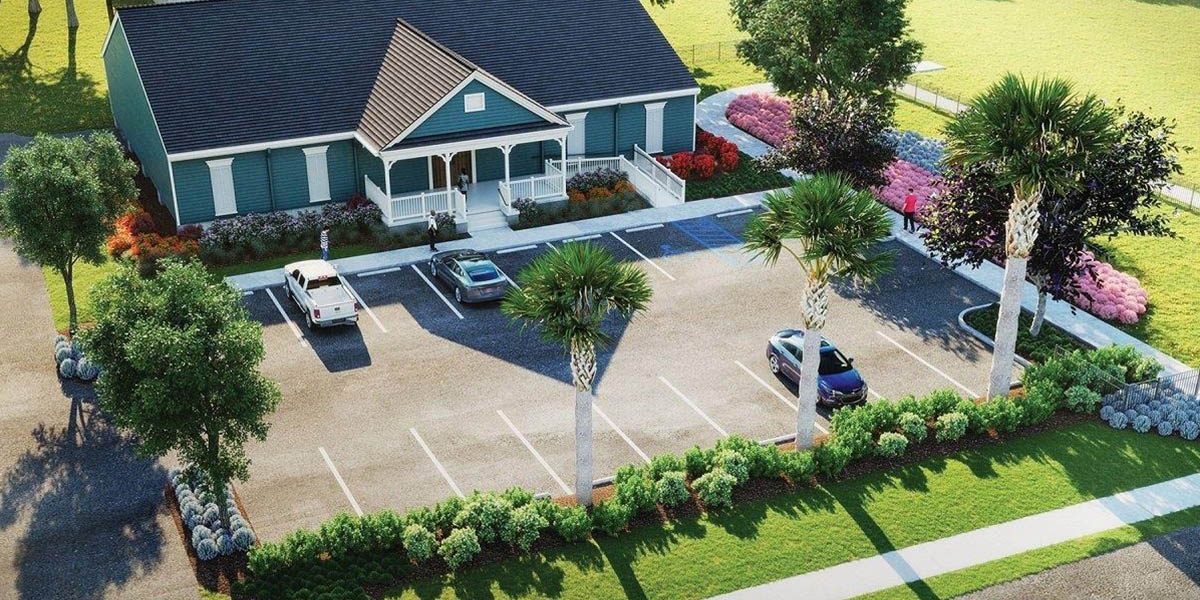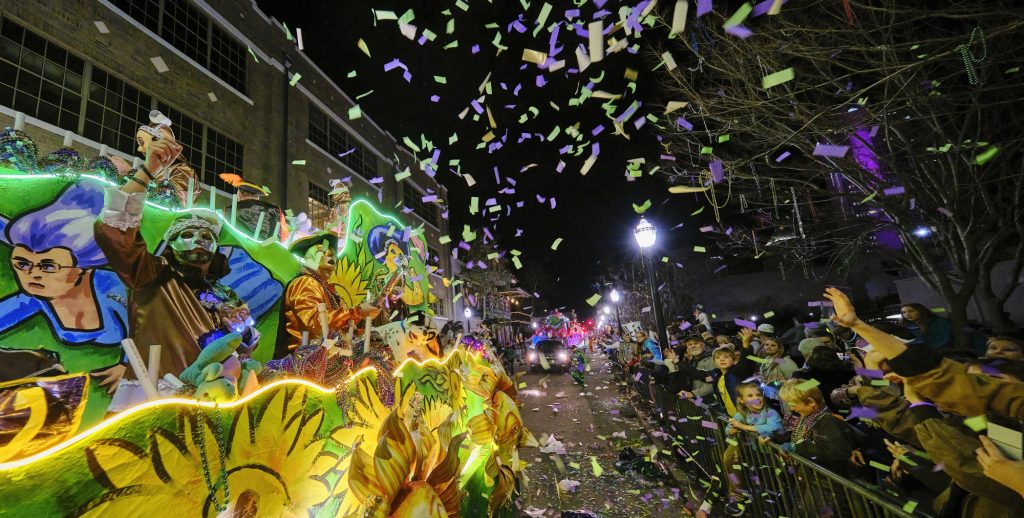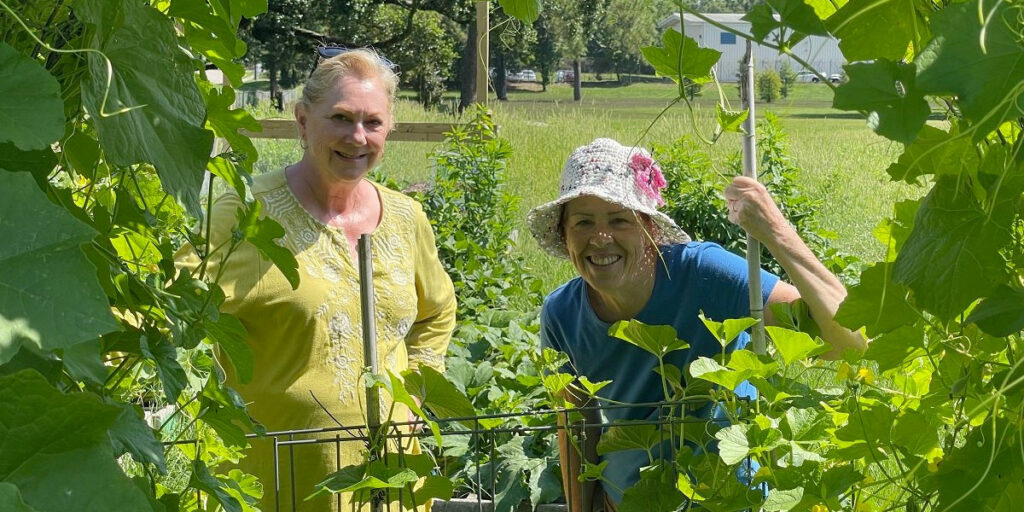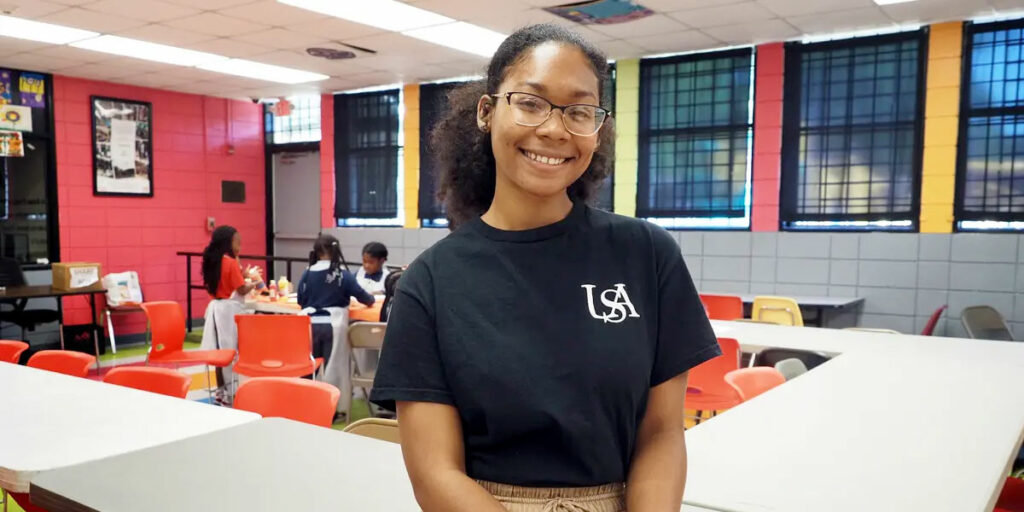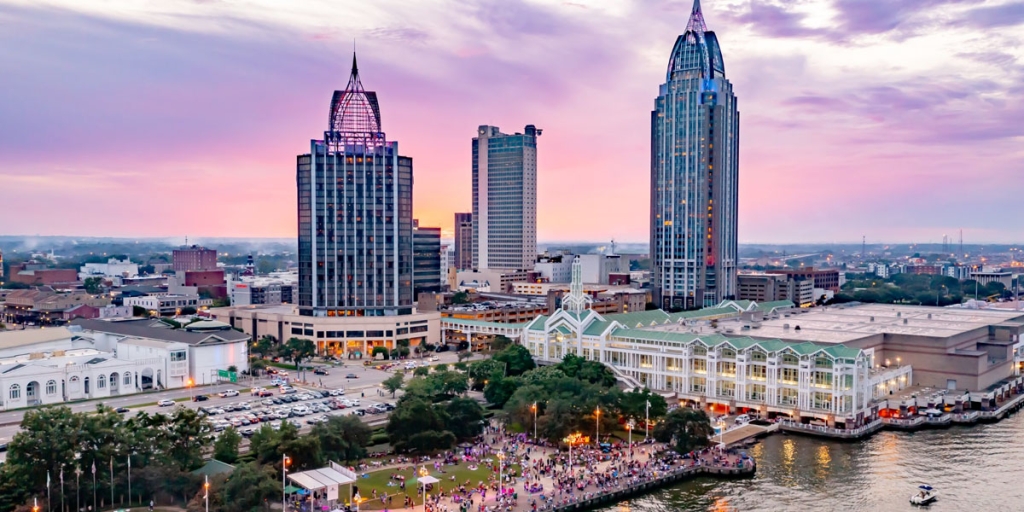Since its discovery in the Mobile River in 2019, the Clotilda, the sunken schooner often known as the “last American slave ship,” has gained worldwide attention. But Darron Patterson said the story is not about the ship.
“The Clotilda was nothing but a floating dungeon,” said Patterson, president of the Clotilda Descendants Association. “The story is about the people in the cargo hold who endured a journey of two months. They were chained together; they were buck naked; they ate and slept where they went to the bathroom. Their captors tried to break them, but they didn’t break, and that’s the real story.”
Patterson’s great-great-grandfather, Pollee Allen, was among the 110 West Africans who were forcibly captured from their homes and taken aboard that ship as slaves to a strange land an ocean away. Despite enduring untold miseries, these people survived and later founded Africatown, a community that continues to exist in Mobile. It’s there that the Africans handed down their native language, customs and cultural traditions to their children and grandchildren.
The once-nearly forgotten story of these survivors and the ship that delivered them to America will be the centerpiece of a new interactive exhibit housed in the Africatown Heritage House, which is expected to open in the spring. The History Museum of Mobile, in partnership with the Alabama Historical Commission, has been working for three years to develop, create and construct “Clotilda: the Exhibition.”

“The exhibition will be a central, physical location for locals and tourists alike to learn about the important details of this story,” said Meg Fowler, director of the History Museum of Mobile. “Although the exhibit space is not large, it is a rich, densely packed space that will tell the story from the beginning, focusing on the origins of the West African people and their culture, and continuing through the last voyage of the Clotilda.”’
The final journey
In 1860, two co-conspirators, Tim Meaher and Capt. William Foster, bet that they could bring African captives into the United States, although the importing of enslaved people had been outlawed for more than 50 years.
Under cover of night, the Clotilda slipped into Mobile Bay with 110 kidnapped Africans, becoming the nation’s last known slave ship. Meaher and Foster then burned and scuttled the ship in an effort to dispose of the evidence.
It was a “gut-wrenching” story, Fowler said.
“When they were captured, the people had no idea what was happening to them,” she said. “They were taken to this port city and sold indiscriminately without regard to family groups. They didn’t speak the same language; they didn’t practice the same religion; and they came from a different culture.”
Yet, those Clotilda captives survived slavery and the Civil War. When they received their freedom at the end of the war five years later, they brought a piece of their homeland to Mobile, with the establishment of Africatown. Many Africatown residents today can trace their ancestry directly to those Clotilda survivors.
“Through the exhibit, we will be highlighting the people from the Clotilda and telling as many of their individual stories as we possibly can,” Fowler said. “We want to let their voices shine through as they tell their own stories.”
Long-buried ship comes to light
The old story of the Clotilda rose out of the water once again in 2019 when a shipwreck was discovered in the Mobile River. Then, in early 2020, Mobile County Commissioner Merceria Ludgood launched a joint effort between Mobile County and the city of Mobile to build the Africatown Heritage House as a permanent home for artifacts from the Clotilda and the community.
When it opens, the 5,000-square-foot building will include an entrance porch, lobby, exhibit hall, conference room and offices. Its exterior will be finished with lap siding painted in colors selected to honor the strength and perseverance of the Clotilda occupants and their descendants.

The exhibition will highlight the people and their stories through interpretative text panels, documents and artifacts that represent West African culture and customs. There will be recorded oral histories that have been produced from the written documentation.
Fragments of the Clotilda that scientists used to confirm its authenticity will be housed underwater in specially designed tanks, Fowler said.
“These fragments of wood and iron have been underwater for so many years that if they are removed, they would dissolve very quickly,” Fowler said. “By keeping the pieces underwater and monitoring the pH levels, we are able to ensure that the fragments remain stable.”
Visitors will also enjoy an outdoor memorial garden. The centerpiece will be a sculpture conceived and designed by renowned potter Charles Smith, in collaboration with metal artist Frank Ledbetter. The statue will pay homage to the captives on the Clotilda.
“The Heritage House will be a vessel that will house remnants of the ship, Clotilda, but more significantly, it will allow us to share an American story that is uniquely documented within the Africatown community,” Ludgood said. “Many people spent lifetimes keeping the Africatown story alive, with much of that work done in difficult times when their history was diminished or even treated like a myth. It is important because it is emblematic of the thousands of unnamed ships that traversed the middle passage with human cargo intended for enslavement, and the millions of resulting stories that remain untold.”
Patterson, who lived in Africatown as a child, takes great pride in the community his great-great-grandfather helped create and is thrilled that its founders’ stories are finally being told. He attributes his success today to the determination passed down from those long-ago ancestors. Patterson is a technical writer at Airbus and was the first African American sportswriter for the Mobile Press-Register.
“I love that place,” Patterson said of Africatown. “It’s what got me to where I am and who I am today.”

Ludgood said the Heritage House has been a collaborative effort. Mobile County is building the facility and will cover operational costs for a limited time, while the History Museum will oversee the day-to-day management of the exhibition. Other partners include the Alabama Historical Commission, the city of Mobile and organizations within the Africatown community, along with the Clotilda Descendants Association.
“There is tremendous worldwide interest in the Africatown story, and the community is rallying to be prepared,” Ludgood said. “The Heritage House will be a keystone for Africatown. It will help preserve Africatown’s unique story, revitalize the community and share its rich cultural heritage with people across the globe who recognize its special place in our nation’s history.”




